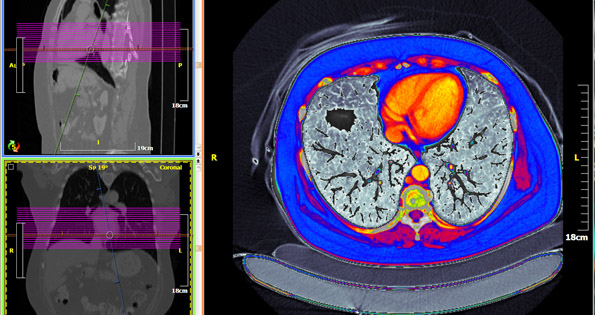BACKGROUND
In 2010 Iceland's Eyjafjallajoekull volcano erupted and sparked a week of aviation chaos. The volcanic ash clouds produced during such incidents pose a severe threat to flight due to their particles physical properties. Volcanic ash can melt and accumulate in the hot section of the jet engine core, such as on the nozzle guide vanes, resulting in numerous malfunctions. Complete engine changes, engine overhauls, airframe refurbishing, window re-polishing and pitot-static system repair are all attributed to these harmful particles.

Current methods used involve ground-based, airborne and satellite systems coupled with cloud movement forecasting techniques to detect volcanic clouds and have aircrafts steer clear of them. This method is deficient since volcanic ash clouds are notoriously hard to handle; smaller and lighter particles rapidly dissolve and linger in the stratosphere in low densities for long distances from the point of origin and for extensive periods of time. These low-density clouds cannot be detected by current available equipment.
Particle Image Velocimeters (PIV) are systems capable of capturing images of particles as they flow within pipes at high speed levels; they are mostly used in combustion-based power generators. A similar system could be installed in the aircraft to capture images of particles flowing within the plane’s HVAC system. By analyzing the images of presence, volcanic ash particles can also be detected. Still, distinguishing volcanic ash particles from all other kind of particles as portrayed in the captured images has not yet been automated.
OUR SOLUTION
Enter machine learning. Innora developed a software package capable of distinguishing volcanic ash particles within the captured images. Our algorithms are capable of automatically segmenting imaged particle regions. This segmentation process is adaptive and designed to be robust with respect to large luminance variation and heavy reflectance noise presence. Each particle image patch is analyzed and considers particle surface features. The resulting feature vectors are processed and unnecessary information is removed. These post-processed features form the basis of classifying the corresponding particles as volcanic ash from other benevolent types.
SKILL SET
Adaptive image segmentation / image texture analysis / wavelet filtering / feature engineering / non-linear optimization / bias-variance analysis / kernel learning / maximum-margin classification.








